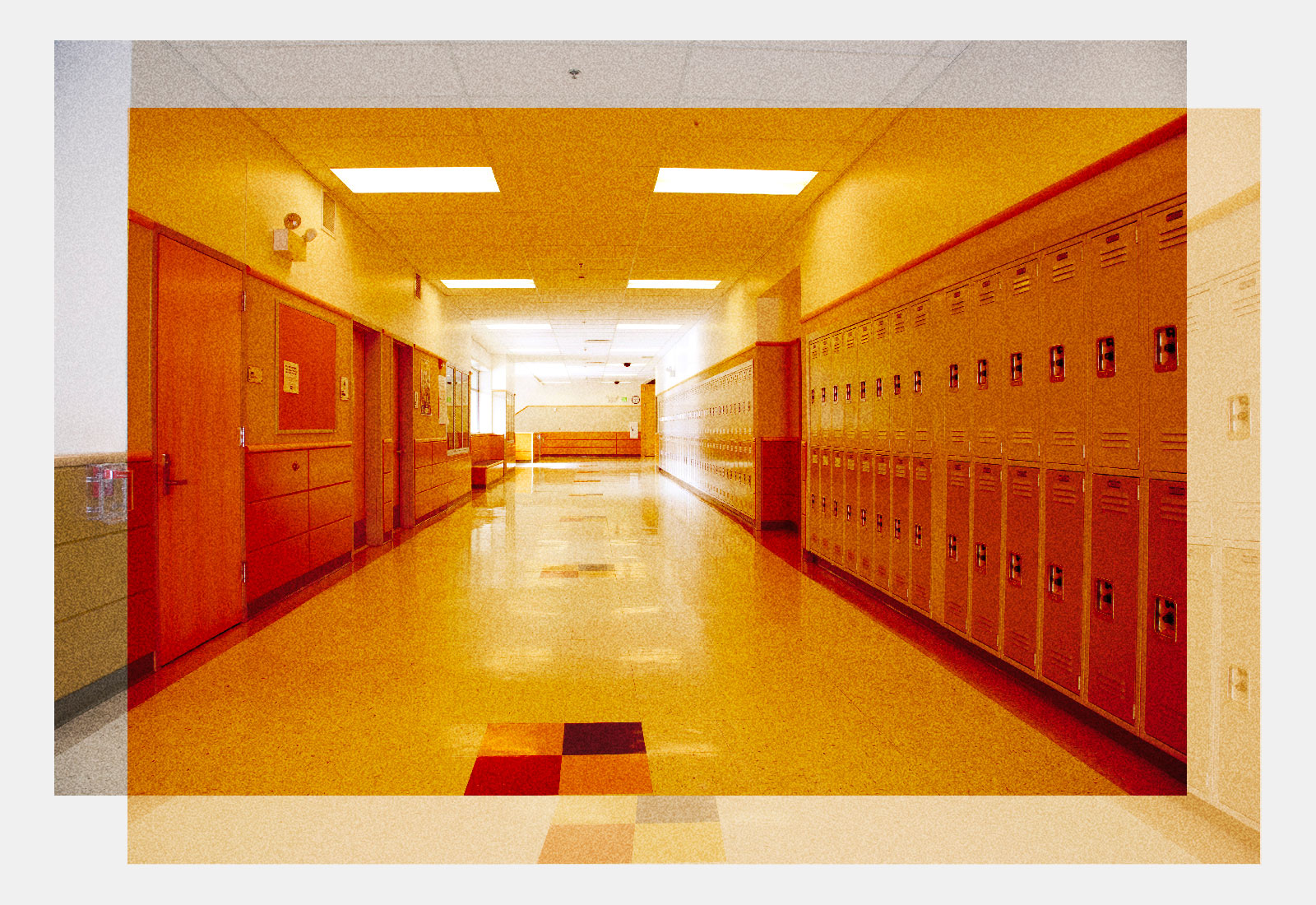Things have to be really bad to cancel the annual fifth grade-versus-faculty kickball game.
Last Monday, thermometers at Dyer Elementary School in South Portland, Maine, registered 93 degrees Fahrenheit, and teachers were forced to make the tough decision to call off the big, ceremonial event, which marks the end of elementary school for the fifth graders. “It sounds trivial, but the kids were really disappointed,” said Andrew Hodgkins, a special-ed technician at the school. The next day, administrators canceled school entirely, instructing teachers and students to instead go back to distance learning. It’s the first time Hodgkins, a Maine native, has heard of something like this happening. “I’m from around here,” he said. “I never had a heat day when I was growing up.”
One hundred miles south, in Groton, Massachusetts, Nicole Frietas, a Spanish teacher at Groton-Dunstable Regional High School, recorded temperatures of over 90 degrees F in her classroom. She managed to move her students into the library, one of the few air-conditioned areas on the school’s campus. “It was miserable,” Freitas said. “The students went from being really energetic and engaged to being really lethargic.”
Across the Northeast, record-breaking temperatures last week forced districts to cancel school or call for early dismissal, concerned about the dangerous combination of heat, a widespread lack of air conditioning, and COVID-19 rules that still limit fan usage and require mask wearing.
Education experts told Grist the heatwave illustrates just how underprepared schools in the United States are for the extreme weather that comes more frequently with climate change. “It’s showing that our schools are extremely out of date,” said Laura Schifter, who leads K12 Climate Action, a project of the nonprofit Aspen Institute that addresses climate change through schools.
Last year, the Government Accountability Office found that most school districts need major building-system repairs, like heating, ventilation, and air conditioning updates. Some of those are schools, like Dyer Elementary, that have never had air conditioning before. One district in Michigan told the researchers that 60 percent of its schools had never had air conditioning, and that in 2019 it had begun shuffling schedules to protect students from extreme heat.
Climate adaptation isn’t just about air conditioning: It’s also important for schools to figure out how to support students and communities reeling in the wake of a wildfire or hurricane, Shifter said. In recent years, schools in the West have closed for smoke days, when wildfires made breathing hazardous. In the towns around Paradise, California, schools strained to keep the students whose homes had burned down from falling through the cracks. In Miami, schools worked to accomodate an influx of families from Puerto Rico fleeing the destruction of hurricane Maria. Internationally, drought has emptied schools in Niger and Bolivia as families follow the receding water. Schools often don’t need new physical renovations to prepare for disasters: In some cases it’s as simple as making a plan. If a school knows ahead of time who will take responsibility for responding to a disaster, or sets up a system for tracking students before they scatter, that can reduce the chaos significantly.
In looking at the schools that need the most work to prepare for climate change, Schifter saw a familiar pattern. “The need is greatest in low-income communities and communities of color,” she said. These school districts have a harder time getting the money to pay for upgrades, she told Grist, and so instead they end up frittering away dollars on the maintenance of long-outdated systems.
And as temperatures in classrooms rise, so too does the impact on students’ education. Each 1-degree F increase in temperature reduces the amount that students learn by 1 percent, according to a study published last year in the journal American Economic Journal: Economic Policy. The study also found that in hotter parts of the U.S. with the greatest need for air conditioning, schools with a higher portion of Black and Hispanic students were less likely to have it.
Despite the need, most school districts are juggling so many issues that climate adaptation isn’t even on their radar. Air conditioning is expensive, noted Thomas A. Scott, executive director of the Massachusetts Association of School Superintendents. “The fact that we have two blistering days and only a handful of schools are releasing on an abbreviated schedule indicates that we tend to just deal with it. It’s not that we wouldn’t like to have the options for A/C, but there isn’t a strong move to do it,” he wrote in an email during the Northeast’s heatwave last week.
But sometimes paying to prepare up front costs less in the long run. When Arlington, Virginia, began the process of designing a new school, the architects suggested that it wouldn’t cost much more to build in such a way that the structure generated all the energy it needed. Now, Discovery Elementary not only remains comfortable on hot days, but also saves the district around $100,000 in utility costs every year.
In the meantime, students keep sweating, and schools keep shuffling schedules. When the weather finally turned in Portland, Maine, Dyer Elementary rescheduled the kickball game. Hodgkins was dismayed to report that the teachers lost to the fifth graders, four to eight.



